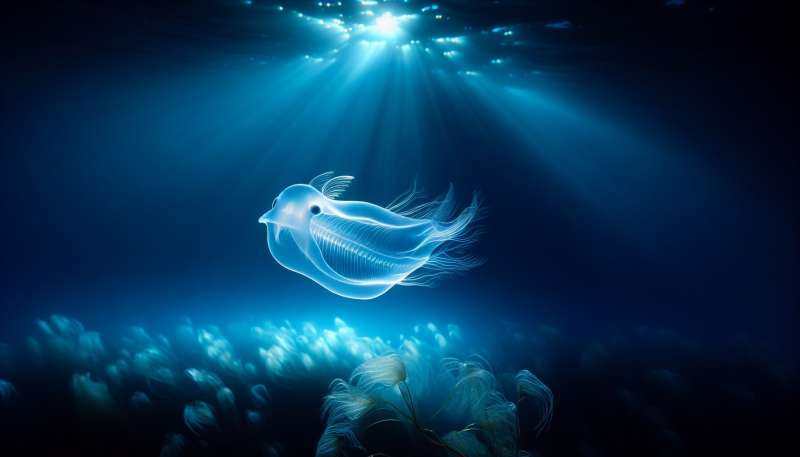
Mysterious Deep-Sea Creatures
The deepest parts of the ocean harbor unique life forms. Adaptations like bioluminescence allow them to survive in complete darkness, under intense pressure and cold.
The Hadal Zone
This zone extends beyond 6,000 meters depth. It's named after Hades, reflecting its inhospitable conditions. Yet, life thrives, from microbes to specialized fish.
Snailfish: Depth Champions
Snailfish currently hold the record for the deepest living fish, found at 8,145 meters. They have gelatinous structures and no air bladders to withstand the pressure.
Deep-Sea Gigantism
Creatures like the giant isopod exhibit deep-sea gigantism, possibly due to colder temperature and limited food resources, resulting in larger size and slower metabolism.
Hydrothermal Vent Ecosystems
Unlike surface ecosystems, hydrothermal vents support life without sunlight. Chemolithoautotrophic bacteria form the base of this food chain, thriving on chemicals from the Earth's interior.
The Mariana Trench
The Mariana Trench is the deepest part of the ocean. The Challenger Deep, its lowest point, reaches about 10,994 meters with organisms like xenophyophores, amphipods, and holothurians.
New Species Still Discovered
The depths remain largely unexplored, with new species and phenomena discovered regularly. Recent expeditions have found bizarre creatures, expanding our understanding of life in extreme environments.Deep-Sea Waterfall
There's an underwater waterfall in the ocean, formed by the dense, salty water cascading downwards, creating a stunning, surreal phenomenon.
What enables survival in deep-sea zones?
Bioluminescence and pressure adaptations
Solar energy utilization
Air bladders in creatures
Company